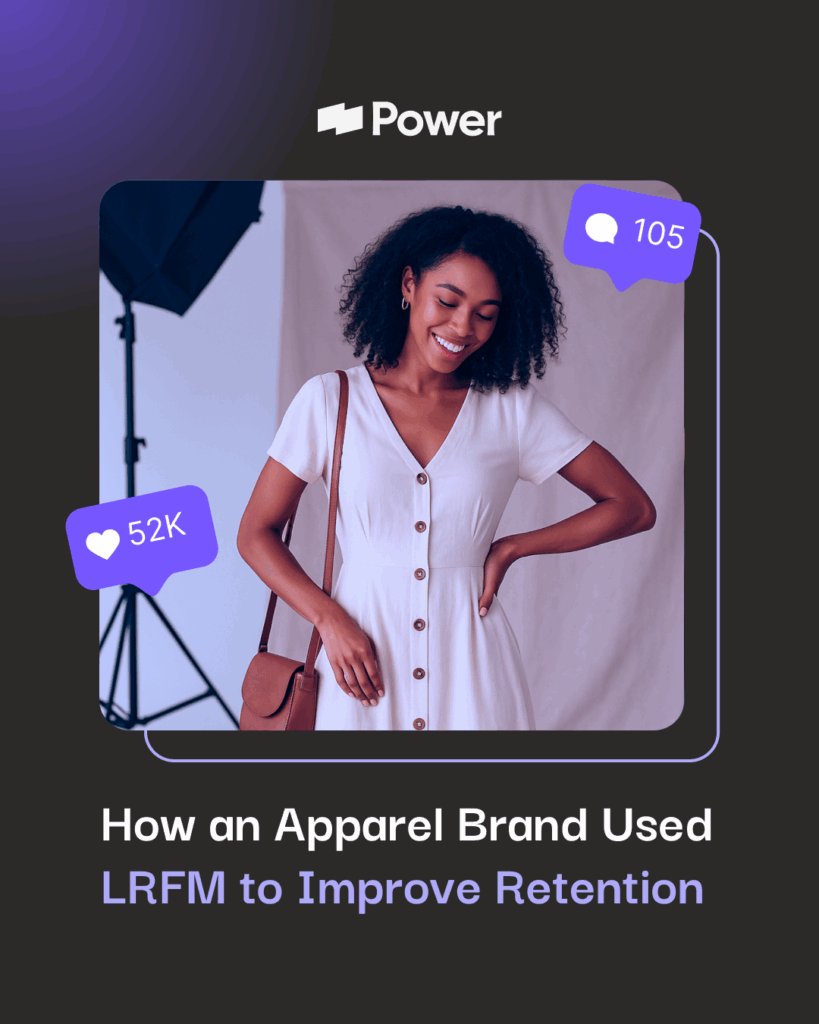The Top 3 Digital PR Strategies to Elevate Your Outreach Game in 2017

Taking a digital approach to your PR strategy is critical to remain competitive amongst other digital marketing agencies in this day and age. Public relations has historically been about creating a cohesive brand message and disseminating this message to the public, communicating with media and securing placements with as many eyes on the placement as possible.
That said, PR has made a digital transformation, in many instances, away from press releases and crisis management and towards digital marketing efforts. With today’s emphasis more and more on generating a return on investment over band awareness, there are certain strategies when approached with a digital lens that can elevate your internet PR efforts and take you from building brand awareness to building an ROI.
Remaining steadfast in traditional media relations strategies is one of the reasons why many are saying PR is dead. However, the digital age fosters creativity and innovation within countless marketing fields like PR and advertising. Ultimately it’s up to us to rethink the way we generate press and challenge the status quo. Here are a few digital PR strategies that you can harness today in order to push the envelope and propel your PR efforts forward.
Target SMART Online Media
Defining an online PR strategy is the first step in a digital PR campaign. This means your primary target media should be online editors. Since there is no guarantee of ROI, conversion, or even brand awareness with print placements, a digital PR strategy means going after online placements only. Traffic is the standard metric that traditional PR professionals will evaluate when assessing whether to target an online PR opportunity.
Related: Recommendations for Digital PR Newbies
While anyone could create a website, it takes a lot of work to create a website that we at Power Digital want to secure a placement on. Many publicists don’t know what to evaluate other than the number of monthly visitors. Here we take a look at a few additional metrics outside of traffic.
In order to prioritize your target online media and find the most valuable outlets, whether it be online top tier outlets, blogs, or online trade pubs, you should be looking at key search engine optimization (SEO) metrics and aligning your PR strategy with your SEO strategy. SEO is a term that digital PR practitioners should be embracing, not avoiding. The ability to include links in your online placements allows PR to be measurable and contributes to SEO ranking factors including increasing the domain authority. Building a quality back link profile is the number one way to build domain authority, and in turn, drive rankings and traffic. Often times, conversions from these placements are icing on the cake.
Related: Content, SEO, & PR: Three Peas in a Pod
Since placements with links appear as referral sources in Google Analytics, the platform is a huge asset to evaluating ROI and key metrics to put hard numbers behind your PR efforts. In Google Analytics, you can track the referral traffic through links you secure in order to view metrics like number of sessions, percentage of new sessions, number of new users, bounce rate, pages per session, average session duration, and if there were any conversions or goals completed from your placements.
When you’re assessing the outlets that you’re targeting, you should not solely look at the traffic metrics, or number of unique visitors monthly (UVM). The traffic of an outlet is a great way to evaluate the potential referral traffic you might see come through to your client from a placement, but cannot guarantee any other benefit to your client.
Historically, we have seen top tier outlets with huge volumes of traffic on a monthly basis drive little traffic to the client’s site and no conversions, while more niche publications with lower traffic volume sent more referral traffic and ultimately drove conversions. We can speculate reasons for this kind of behavior, but one could be that readers of Forbes may be less engaged or less likely to make an emotional purchase than readers of a niche organic living blog. Ah, the beauty of public relations.
In order to prioritize certain outlets for your outreach, here are some red flags when evaluating an outlet:
Low Domain Authority
If the outlet has a low domain authority that is not within/under a few point range of your client, you should not prioritize securing coverage on this outlet. This may indicate that it is a new site, in which case its backlink profile is sparse. You should prioritize the outlets with higher domain authorities and target outlets whose domain authorities exceed the domain authority of your client’s website. The reason for this, is that when you secure a piece of coverage that contains a link, the link equity and authority from the placement transfers to your website.
An exception to this rule lies within trade publications. When your target audience is incredibly niche-oriented, potentially trade publications covering IoT, then the outlets primarily covering the specific topic may be newer, acquired less links, and therefore have lower domain authorities. Securing placements on these types of outlets is fine as long as the expectation is set with the client ahead of time and the client itself has a lower authority.
Low Trust Flow Or Citation Flow
Trust Flow and Citation Flow are trademarks of Majestic and metrics that look at the outlet’s backlink profile, as in the other websites that have links back to the outlet. In short, Trust Flow looks at the quality of the outlet’s backlink profile, while Citation Flow looks at the quantity of the backlink profile. Each of these are calculated on a score between 1 and 100. As a rule of thumb, you should not move forward with outlets that have a low Trust Flow or Citation Flow under 10. Ideally, we want the trust flow of all outlets we are securing coverage on to be at least a 20+ Trust Flow.
Using Majestic, you can also assess the Topical Trust Flow and see which topics are covered in the outlet and which topics carry the most clout. If the range of topics is vast and largely unrelated, that is also a red flag.
Slow Site Load Time
If a website has a slow load time, it means visitors are more likely to bounce, meaning they arrive on the website and do not interact by clicking, visiting another page, or staying on the site for more than 30 seconds. Bounce rate is not only a ranking factor, but also if people are bouncing off of the outlet, they will probably not see your coverage you worked so hard to secure. If a site is difficult to load on your end, then it’s probably having the same adverse effect to its other site visitors and you should not prioritize the outlet.
Related: Hybrid Outreach – Blending the Best of Traditional PR & SEO Outreach
If you secure coverage from an outlet and notice in Google Analytics that the bounce rate of the outlet’s referral traffic is high, and your main KPI is brand awareness, you should reevaluate using this same outlet again when you are looking for a brand awareness play.
In terms of securing more SEO-oriented links with a KPI of driving rankings or building domain authority of your client’s site, referral traffic and bounce rate are not as critical since you will still be receiving the link equity and are not looking for the brand awareness. However, slow site speed does indicate that the website may not be favorable in the eyes of Google and it could be a risky link to secure.
Outlet Appears Spammy Considering Naked Eye Test
When you are first assessing an outlet, you should screen the website using the naked eye test, meaning look through the site to give it an initial evaluation before analyzing with tools. Questions you should ask yourself include:
- Are there a lot of ads that are distracting from the content?
- Does the site look legitimate and trustworthy?
- Does the outlet cover similar topics where my client would be a great fit?
If you can answer these questions with confidence and they lend to the credibility of the site, you can move forward. If there are a lot of ads, the site looks on the spammy side, and there are a number of categories that do not relate, then you should not prioritize reaching out to the outlet. This indicates that the site may be flagged as toxic in the eyes of Google and securing coverage and a backlink may be harmful to your client’s website.
Capitalize On Your Competitor’s Wins
A fundamental digital tool that every digital PR strategist should have in their back pocket is MOZ’s Open Site Explorer. This tools allows you to enter a URL and pull a backlink profile. We call this digital PR strategy a Competitor Link Analysis. It allows you to assess the internet PR coverage your client’s competitors are securing so you might be able to capitalize on pitch topics and editor’s names from your competitor’s online coverage.
The first step in this process is to identify your client’s top competitors. You can insert the competitor’s URL into MOZ’s Open Site Explorer and pull the backlink profile for each. MOZ allows you to export the backlink profile into an organized excel sheet, which you can then sort and refine for the most impactful and authoritative placements.
Looking for ideas for pitch topics? Your competitors are a great resource. Check out the topic and themes of the coverage they have secured recently to brainstorm your own unique pitch angles.
Looking for an editor who has covered something similar? Use your competitor’s backlink profile to see where they are securing coverage, then pull the contact information for the editor and reach out with your client’s product or service as an alternative.
Pro tip: for a more robust backlink profile, use Majestic’s “historic” pull. It contains backlinks going back years and years rather than only the more recent links acquired on MOZ.
Look At What’s Trending
Google trends should be your best friend when researching pitch topics. If you’re able to leverage a trending topic or specific article and pitch an online editor, you’ll be more likely to see success. Why is this? Editors are looking for virality of topics, so if you can back your pitch angle with hard numbers of social shares of a similar article or article surrounding the same topic, this can be a great way to entice an editor to learn more about what you have to offer. After all, getting a response from an editor from your initial email is more than half the battle!
Another tool that provides insight into what’s trending is Buzzsumo. The platform gives you visibility into the most shared content. If you find a trending article, you can hone in on that topic and leverage the success of the other article to pitch editors, offering your exclusive content. For the same reason as above, editors want to know that a story will have that chance to go viral, and if you can get them closer to a guarantee then they will be more likely to show interest and pick up your story.
Wrapping up
When someone says “PR is dead” you can tell them that the traditional PR they know may be on its way out, but there are many forward-thinking digital agencies using online marketing strategies to target their PR efforts and continuing to stay relevant and generate a positive ROI. Using one digital PR strategy is not the answer.
The way to create a successful digital PR campaign is to incorporate multiple strategies into your outreach campaign each with their own unique tactics. Pursuing online PR placements is the first step, but evaluating these sites with key digital metrics is what will get you a better bang for your buck. Make sure you are making smart digital moves – there are too many sites out there to go after everyone, so prioritize the outlets you are reaching out to.
- Analyze what your competitors are doing and leverage their wins.
- Finally, find article topics based off of what is trending, since you will see a better response rate and can play a role in helping your placement go viral by seeing the sharability of similar articles.
The ability to navigate tools like Google Analytics and extract valuable information will indicate what is working well and how you might want to adjust your digital PR strategy. Awareness should no longer be your sole KPI when developing your campaign strategy. Use the tools that you have at your disposal to create an impact that has the numbers to back it up, it will help you land bigger and better business deals and will help elevate the marketing and PR efforts of your clients. The PR specialist is now the digital marketer and the PR agency is now the marketing agency.
Power Digital Marketing leverages the strengths of a PR agency in conjunction with content strategy, digital marketing strategy and measurability for all of our client websites. To learn more about our PR department, visit our service page.
Our Editorial Standards
Reviewed for Accuracy
Every piece is fact-checked for precision.
Up-to-Date Research
We reflect the latest trends and insights.
Credible References
Backed by trusted industry sources.
Actionable & Insight-Driven
Strategic takeaways for real results.







